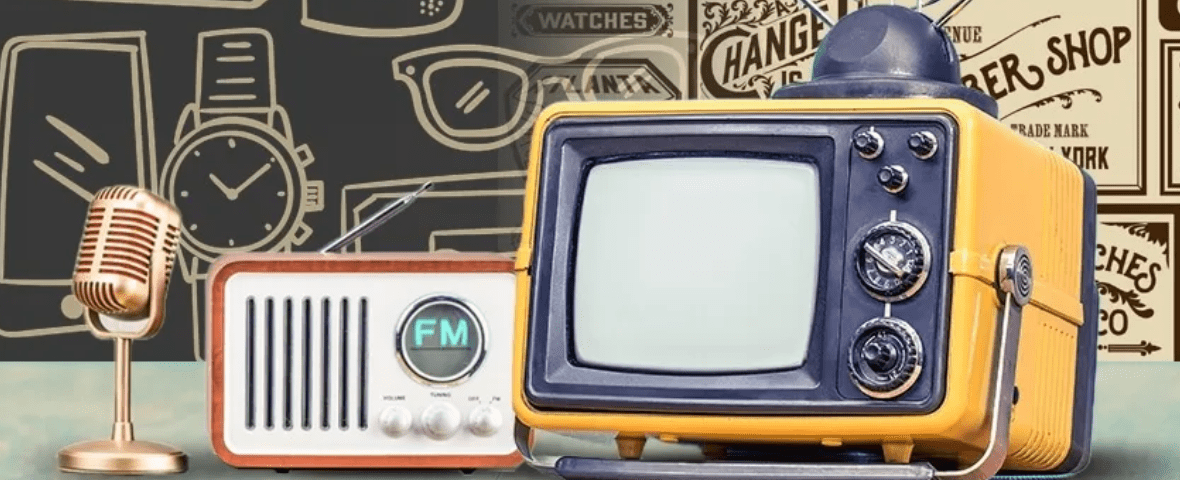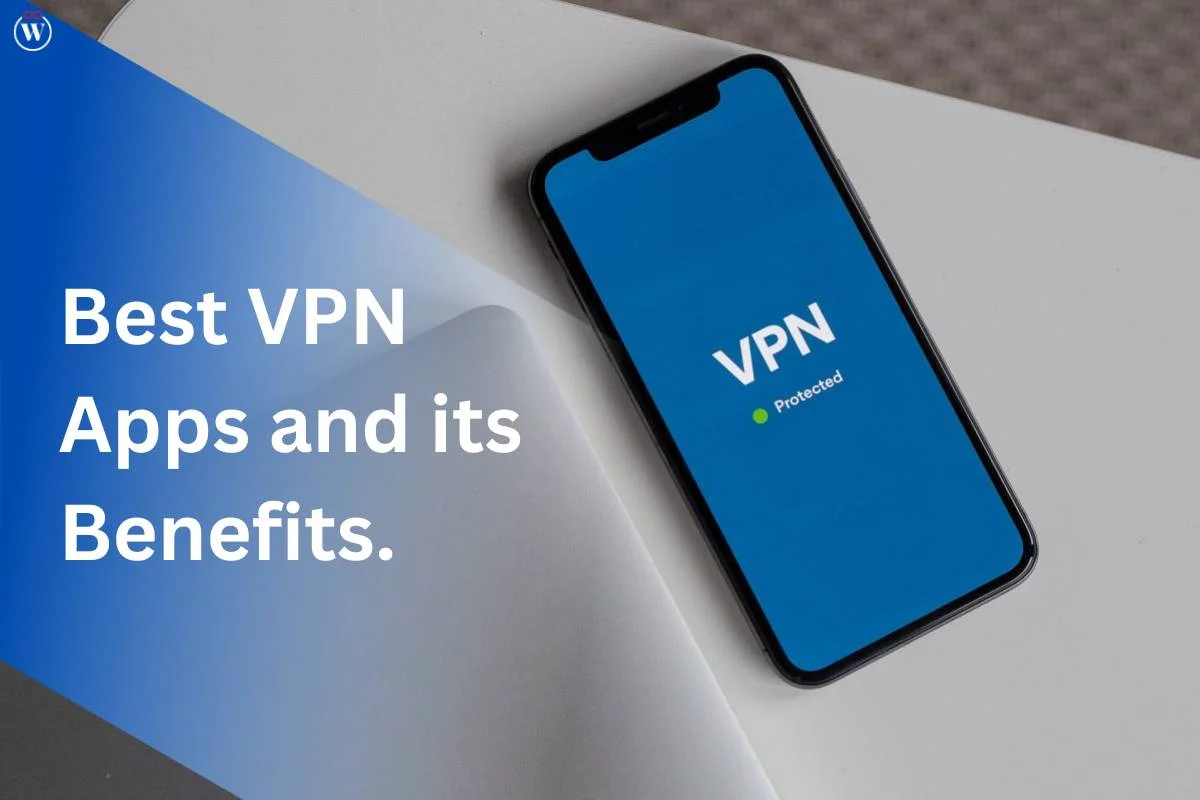Nostalgia is often tied to specific cultural or temporal contexts. To use it effectively, be mindful of these aspects:
- Respect Cultural Differences: Different cultures have distinct nostalgic triggers. What evokes nostalgia in one culture might not have the same effect in another. If your audience is diverse, consider how cultural differences might influence nostalgic preferences and references.
- Acknowledge Historical Context: Be aware of historical sensitivities associated with certain nostalgic elements. Ensure that your references are appropriate and do not inadvertently touch on sensitive or controversial issues.
Balancing Nostalgia with Modern Relevance
While nostalgia can be a powerful tool, it’s important to balance it with modern relevance:
- Blend the Old with the New: Combine nostalgic elements with contemporary themes to create a bridge between the past and the present. For example, you might use retro design elements while promoting a modern product or service.
- Avoid Over-Reliance: While nostalgia can enhance your copy, it shouldn’t be the sole focus. Ensure that your message also addresses current needs and interests of your audience to maintain relevance.
Measuring Success
To gauge the effectiveness of your nostalgic copywriting, it’s crucial to measure its success:
- Analyze Engagement Metrics: Track metrics such as click-through rates, conversion rates, and social shares to evaluate how well your nostalgic content is performing.
- Monitor Audience Feedback: Pay attention to qualitative feedback from your audience. Look for comments or reviews that reflect their emotional response to your nostalgic content.
Adapting to Trends
Nostalgia can be influenced by current trends and cultural shifts. Stay updated on evolving trends to ensure your nostalgic references remain relevant:
- Follow Pop Culture Trends: Keep an eye on emerging trends in pop culture and how they intersect with nostalgic elements. For example, if a 90s TV show is making a comeback, incorporating references to it might resonate well with your audience.
- Adapt to Changing Preferences: Be flexible and ready to adjust your nostalgic approach based on changing audience preferences and cultural contexts.
Case Studies and Examples
To illustrate the effectiveness of nostalgia in copywriting, here are a few notable examples:
- Coca-Cola's "Share a Coke" Campaign: Coca-Cola’s campaign featured nostalgic names and phrases on bottles, creating a personal connection with consumers and evoking memories of shared moments and personal experiences.
- Apple’s Retro Ads: Apple has occasionally used nostalgic references in its advertising to celebrate the history of its products. For instance, their "Think Different" campaign celebrated the legacy of innovation, appealing to both long-time fans and new customers.
Ethical Considerations
When using nostalgia, it’s important to consider ethical implications:
- Avoid Exploitation: Ensure that your use of nostalgia does not exploit sensitive memories or manipulate emotions inappropriately. Respect the emotional value of nostalgic references and use them responsibly.
- Be Inclusive: Make sure that your nostalgic references are inclusive and do not alienate any segments of your audience. Aim for references that have broad appeal or are presented in a way that acknowledges diversity.
Future-Proofing Nostalgic Content
To ensure the longevity of your nostalgic content, consider how it can evolve over time:
- Create Timeless Nostalgia: Aim for nostalgic references that have enduring appeal rather than fleeting trends. Timeless elements are more likely to resonate with future audiences as well.
- Update and Refresh: Periodically update your nostalgic content to keep it fresh and relevant. Revisit popular references and adapt them to current contexts as needed.
Leveraging Nostalgia Across Different Platforms
Nostalgia can be leveraged effectively across various platforms, each offering unique ways to engage with your audience:
- Social Media: Platforms like Instagram and Facebook allow for visual and interactive nostalgia. Use nostalgic imagery, throwback posts, or nostalgic hashtags to create engagement. Social media stories and reels can be great for sharing quick, nostalgic snippets.
- Email Marketing: In email campaigns, nostalgic references can be used to create a sense of familiarity and warmth. Personalized nostalgic content can be highly effective in re-engaging past customers or celebrating anniversaries.
- Website and Landing Pages: Design elements and content on your website or landing pages can incorporate nostalgia to enhance user experience. Consider using retro design motifs or nostalgia-themed copy to captivate visitors.
Storytelling Techniques
Storytelling is a crucial aspect of effective nostalgic copywriting. Here’s how to leverage storytelling techniques:
- Craft Relatable Narratives: Develop stories that your audience can relate to, incorporating nostalgic elements that align with their personal experiences. Use characters, settings, and scenarios that evoke a sense of familiarity and connection.
- Build a Nostalgic Journey: Create a narrative arc that takes your audience on a nostalgic journey. This could involve revisiting a classic product, reminiscing about past trends, or celebrating historical milestones.
Creating a Nostalgia-Driven Brand Identity
Nostalgia can also be a central element of your brand identity. Consider these approaches:
- Brand Storytelling: Weave nostalgic elements into your brand’s story to create a unique identity. For example, if your brand has a long history, highlight its heritage and evolution over the years.
- Visual Branding: Incorporate nostalgic visuals into your brand’s logo, color scheme, and overall design. This can create a distinctive and memorable brand image that resonates with your target audience.
Nostalgia and Innovation
Combining nostalgia with innovation can create a powerful blend of the familiar and the new:
- Modern Twists on Classics: Innovate classic concepts by adding a modern twist. For example, reimagine vintage products with contemporary features or update retro designs with current technology.
- Nostalgic Innovation: Explore how nostalgic elements can inspire new product developments or creative campaigns. Leverage past successes or trends to drive innovation and create buzz.
Common Pitfalls to Avoid
While nostalgia can be effective, it’s important to avoid common pitfalls:
- Overuse of Nostalgia: Relying too heavily on nostalgia can lead to a lack of originality and reduce the impact of your message. Balance nostalgic elements with fresh and innovative content.
- Nostalgia Fatigue: Be mindful of the potential for nostalgia fatigue, where constant repetition of nostalgic references may diminish their effectiveness. Keep your content diverse and engaging to maintain audience interest.
Final Thoughts
Using nostalgia in copywriting requires a thoughtful approach to create an emotional connection with your audience. By understanding your target demographic, maintaining authenticity, balancing nostalgia with modern relevance, and using storytelling techniques, you can craft compelling and effective nostalgic content.
As you implement nostalgia in your copywriting strategy, remember to continuously evaluate its impact, adapt to evolving trends, and stay true to your brand’s voice. Nostalgia has the power to create lasting impressions and foster meaningful connections, but it must be used thoughtfully and strategically to achieve its full potential.
FAQ: Using Nostalgia in Copywriting
Q1: What is nostalgia in copywriting?
A1: Nostalgia in copywriting refers to the use of references to past experiences, memories, or cultural elements to evoke emotions and create a sense of familiarity and warmth in the audience. It taps into the longing for simpler times and aims to build an emotional connection with the reader.
Q2: How can I determine what nostalgic elements to use in my copy?
A2: To determine the appropriate nostalgic elements, you should:
- Understand Your Audience: Research their demographics, preferences, and past experiences.
- Identify Common Nostalgic Triggers: Conduct surveys or focus groups to find out which specific memories or cultural references resonate with them.
- Consider Brand Relevance: Choose elements that align with your brand’s identity and message.
Q3: How do I ensure authenticity when using nostalgia?
A3: Ensure authenticity by:
- Using Genuine References: Avoid clichés and select nostalgic elements that truly connect with your audience.
- Aligning with Brand Voice: Ensure that nostalgic references fit naturally with your brand’s messaging and tone.
Q4: What role does emotional appeal play in nostalgic copywriting?
A4: Emotional appeal is central to nostalgic copywriting. By evoking positive emotions such as happiness, comfort, or longing, you can create a stronger connection with your audience. Crafting stories and messages that resonate emotionally helps to enhance the effectiveness of nostalgic content.
Q5: How can I incorporate visual elements into nostalgic copy?
A5: Use visual elements such as:
- Retro Design: Incorporate vintage colors, typography, and imagery that evoke the past.
- Sensory Descriptions: Include descriptions of sights, sounds, and smells associated with nostalgic references to make the experience more vivid.
Q6: How do I balance nostalgia with modern relevance in my copy?
A6: Balance nostalgia with modern relevance by:
- Blending Old and New: Combine nostalgic elements with contemporary themes to create a connection between the past and present.
- Maintaining Relevance: Ensure that your nostalgic references do not overshadow the current needs and interests of your audience.
Q7: What are some common pitfalls to avoid when using nostalgia in copywriting?
A7: Avoid these pitfalls:
- Overuse of Nostalgia: Relying too much on nostalgic elements can make your content feel repetitive and less original.
- Nostalgia Fatigue: Constant use of the same nostalgic references can lead to diminished impact. Keep your content diverse and engaging.
Q8: How can I measure the success of nostalgic copywriting?
A8: Measure success by:
- Analyzing Engagement Metrics: Track click-through rates, conversion rates, and social shares to gauge performance.
- Gathering Audience Feedback: Collect qualitative feedback through surveys, comments, or reviews to understand emotional responses.
Q9: Can nostalgia be effective across different platforms?
A9: Yes, nostalgia can be effectively used across various platforms:
- Social Media: Use nostalgic imagery and hashtags to engage users.
- Email Marketing: Incorporate nostalgic elements to create a personal connection.
- Websites: Design nostalgic visuals and content for enhanced user experience.
Q10: How can I adapt nostalgic content to changing trends and preferences?
A10: Adapt nostalgic content by:
- Staying Updated: Follow current trends and cultural shifts to keep your references relevant.
- Refreshing Content: Periodically update nostalgic elements to maintain their appeal and relevance.
Get in Touch
Website – https://www.webinfomatrix.com
Mobile - +91 9212306116
Whatsapp – https://call.whatsapp.com/voice/9rqVJyqSNMhpdFkKPZGYKj
Skype – shalabh.mishra
Telegram – shalabhmishra
Email - info@webinfomatrix.com




















